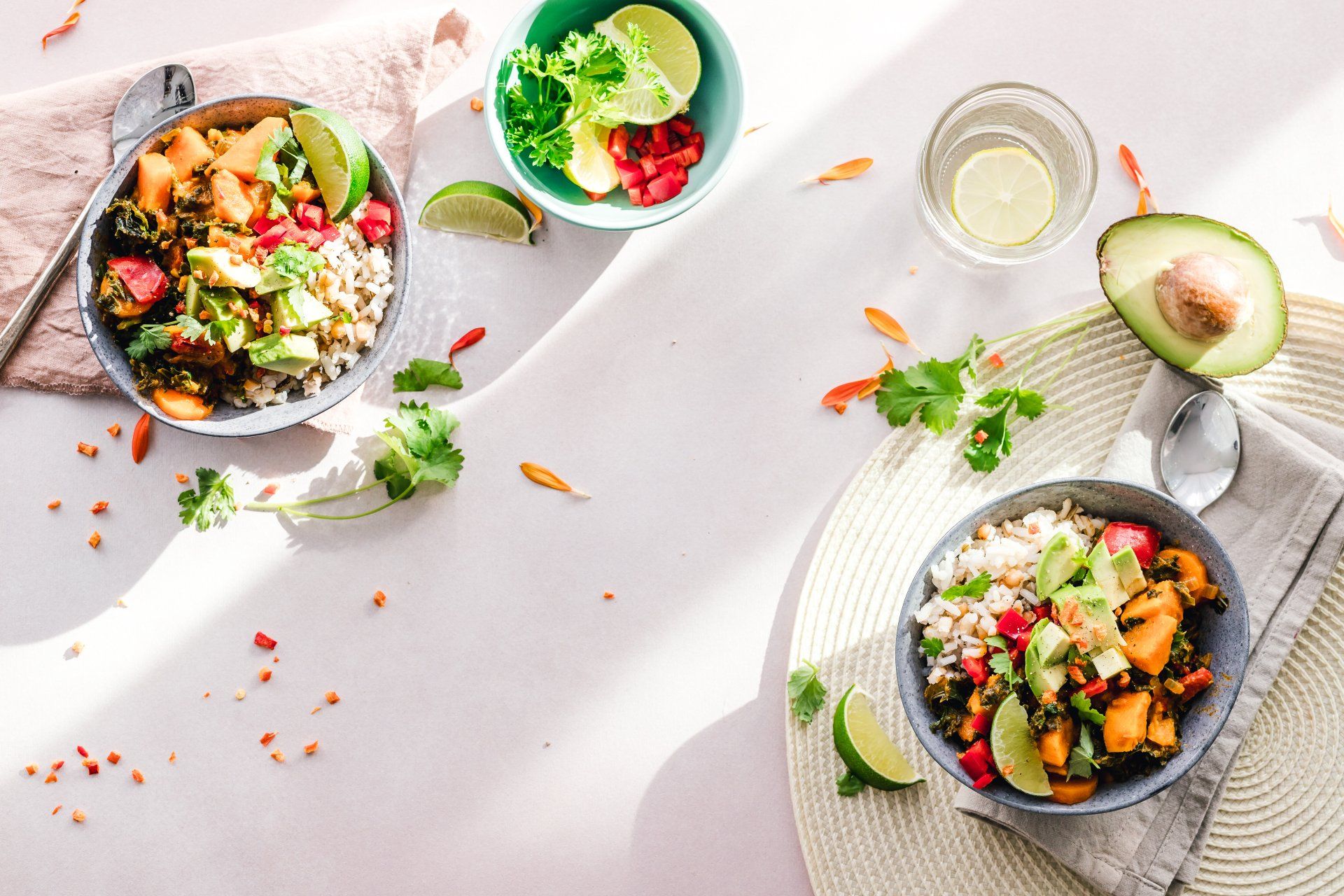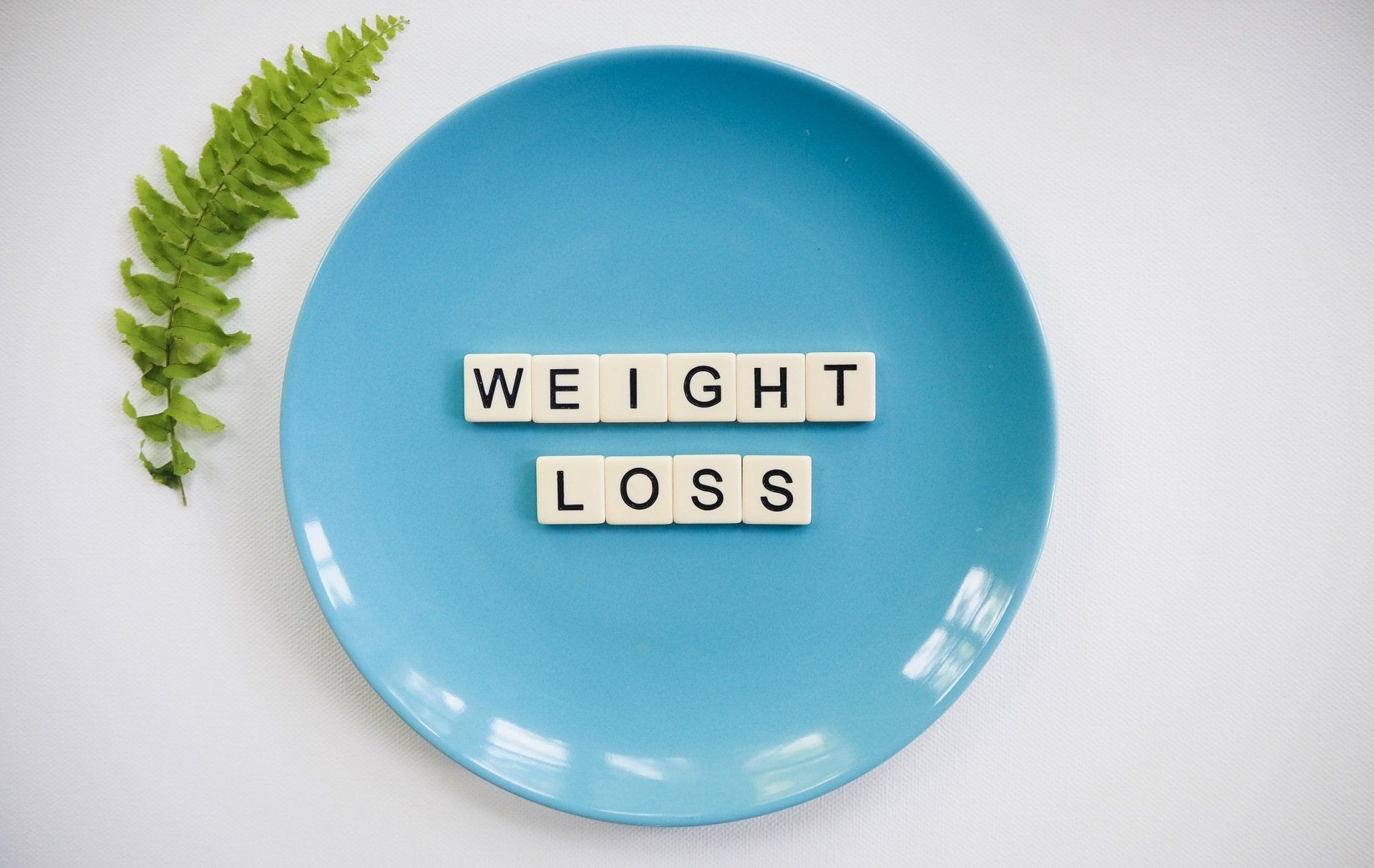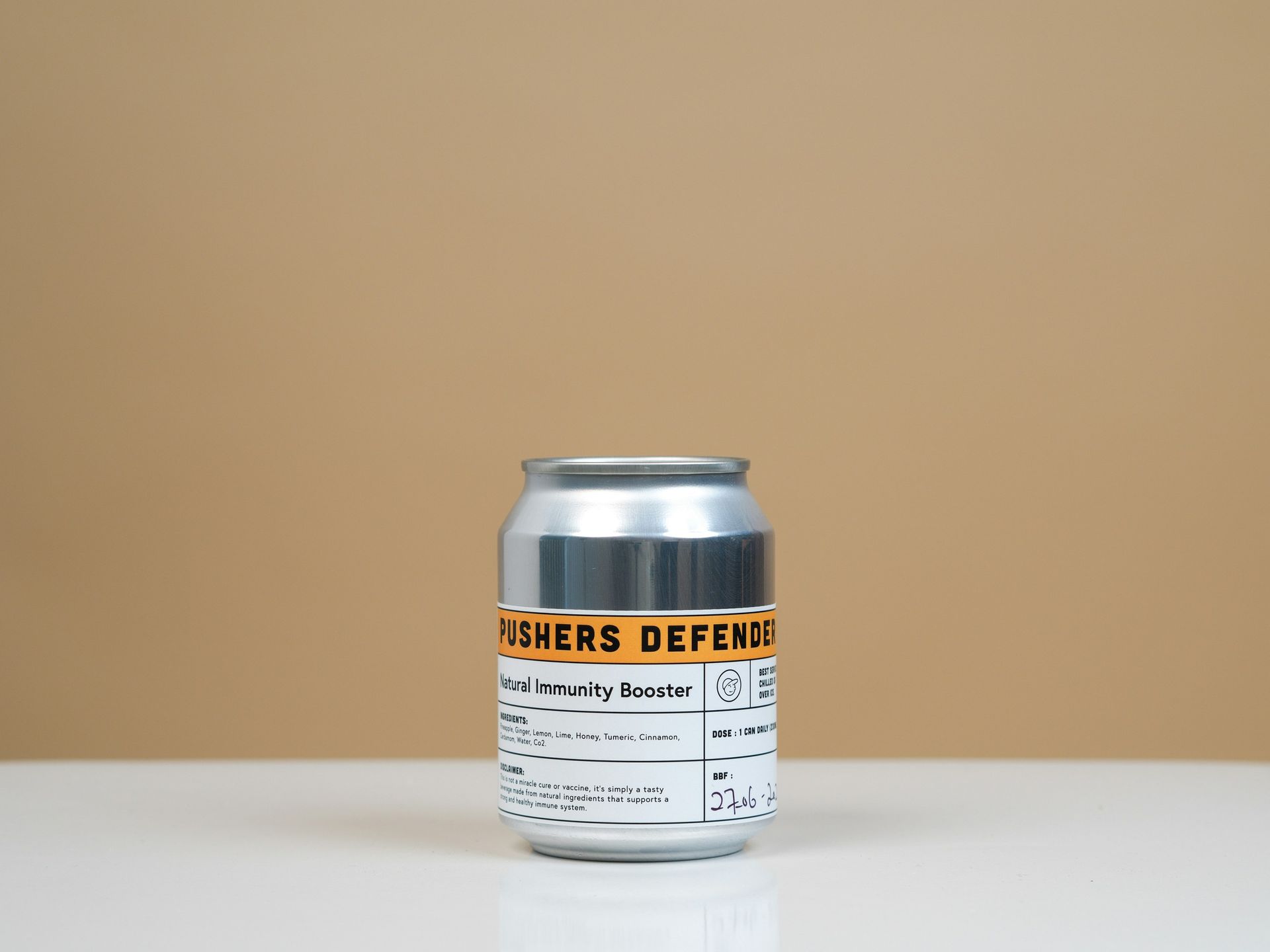Keto beginners guide for cancer patients
What to do when you don't know where to begin
What to do when you don’t know where to begin with keto?
(The following was a real conversation between myself and a cancer patient. Names have been changed to protect privacy.)
“Dr. Tan, what do I eat while on the keto diet?”
I looked up at my patient, Mr. Brown (not his real name). At age 65, he is overweight, diabetic, and basically a “meat and potatoes” type of guy. He also has cancer.
What is important to know about starting the “keto” lifestyle, is not so much what to eat, but what NOT to eat. People are always looking for a magic pill. In this case, the first impression people have about the keto (ketogenic- to generate or make ketones) diet, is that a certain type of food “might” help cancer. That isn’t really the case. The keto way of eating (WOE), is actually more than a diet. It is a lifestyle change. When you cut down on your carbohydrate intake, the body senses it and produces ketones to use as a back-up energy source. Cancers, fortunately, do not rely on ketones, and by following a keto diet, we hope it could help slow down cancer growth. Unfortunately, the evidence behind this is not yet substantial. We do know that this “keto” diet has anti-cancer properties in lab animals, and the human trials done so far seem to say that it is safe to use, even in advanced cancer patients.
Me: “Well Mr. Brown, I can give you a detailed list, a menu, plus a shopping list. We also have a cookbook that you can borrow. It’s over there by the chemotherapy nurses station.”
“Just remember, it is very important that we keep this process simple…. Just think of two letters--- S-S…!!!”
Mr. Brown: “S-S?? “
Me: “ Yes, no SUGAR, no STARCH!!!”
Mr. Brown: “Okay doc, but what about wheat bread?”
I shook my head, “ no, no, no… bread is bread. Bread has many names Wheat bread, gluten free bread, challah, tortillas, - they are all bread, and bread is made of starch!”
Mr. Brown: “Ok, how about pasta?”
Me: “Mr. Brown, pasta is usually made from semolina flour. Anything made out of flour automatically contains starch, and that’s not allowed.”
Mr. Brown: “Fruits? ”
I took a deep breath. “ No sir, fruits, including tomatoes, are high in carbohydrates and sugar.”
Mr. Brown: “But aren’t fruits supposed to be healthy for you?”
Me: Yes, for prevention, but once cancer develops, the anti-oxidant advantage gained by eating fruits gets smothered by the metabolic overactivity of the cancer.
Mr. Brown: “What about oatmeal?”
Me: “No, that’s still carbohydrate rich.”
Mr. Brown: ”Peanut butter?”
Me: Sigh.
I opened the side drawer next to my desk and pulled out a copy of our ketogenic diet handout. “Here you go, Mr. Brown. This is a list of the types of food that you can eat, and on this other list, are the prohibited foods. As you can see, there are literally hundreds of things that are allowed. You really won’t starve. “
Me: “Remember, don’t overdo it. A ketogenic diet, if taken in excess, is not good either. Just eat until you are no longer hungry. Don’t wait until you are full. And don’t forget to add fat.” “If you have time, I can introduce you to our nutritionist, and she can guide you further. “
This encounter with my patient made me realize that perhaps, a minimalist method towards the ketogenic diet, is good way to start if one is a novice.
GETTING KETO READY, THE MINIMALIST WAY
Baby steps!!! With practice, we will become experts in due time.
For beginners, my advice is, to KEEP IT SIMPLE.
Do not worry about checking your ketones or about buying a ketone meter. Right now, you just want to get your feet wet.
Begin with a blank slate. Empty your fridge and pantry.
Remove all the items that are on the “not allowed “ list.
Restock it only with keto-approved foods. Donate the rest to a local food pantry.
Start eliminating the OBVIOUS STARCHES: Flour, rice, bread, cereal, pasta, potatoes.
Next, remove the OBVIOUS SWEETS: candy, sugar, syrups, honey, jams, and regular soda drinks, fruits.
Now, there are the NOT-SO-OBVIOUS items which are popular for being healthy, but are high carb anyway – cow’s or goat’s milk, cottage cheese, non-fat yogurt, fruits. Avoid these.
If unsure, place the item in question in a box for future analysis.
Look up the rest of the remaining food items, using my chart.
BEWARE OF HIDDEN CARBS
For example, a lot of foods actually have starch and they are not called bread. For example, “ rice, wheat, oats, quinoa, tortillas, are all starchy. Some vegetables are healthy but are not keto-friendly. Examples include chickpeas, beans and potatoes. Did you know that carrots are also high in carbohydrates?
WHAT ABOUT TOMATOES AND AVOCADOES?
Tomatoes and avocadoes also add up quickly to your carb limit. A medium avocado actually contains around 16 grams of carbohydrates. If you are counting towards a 20-gram daily limit, that will easily kick you out of ketosis. So no, I would not recommend avocadoes for the beginner.
PEANUT BUTTER, SPICES, and CONDIMENTS
Peanut butter is protein rich, but unfortunately, the popular versions are usually loaded with sugar. But, there is good news. Peanut butter now comes in PLAIN versions. Look at the labels. Ingredients should say “peanuts and oil”. If sugar is listed, put it back on the shelf.
Spices can have hidden carbs. Again, look at the labels and search for “total carbs”. You will be surprised at what you will discover.
Ketchup, an American favorite, usually has sugar, or worse, high fructose corn syrup. Pasta sauce and marinara sauce, likewise can have a significant amount of added sugar.
Mayonnaise. Make sure it is indeed “pure mayo”. Mayonnaise is essentially just made up of eggs and oil, plus some spices. Lookout again for those with added sugar, glucose or corn syrup. Some might even have cornstarch to act as thickeners. Put those back on the shelf.
CLASSIFICATIONS
Now that you have a general idea of what to look for, you may now begin to arrange your newly emptied pantry and fridge into three categories.
Yes, only 3. Make that 4 – for drinks.
Category
- Protein : Are you a meat, poultry or seafood lover?
The foods under this category, should provide you with the needed PROTEIN. You can also add soy products like tofu, if you’d rather avoid meat. There is still some controversy about soy intake because they contain isoflavones , also known as plant estrogens. Some fear that it will fuel breast cancers. However, opposing research on soy intake of Chinese women show that if taken early on in life, that it could actually “protect” against breast cancer. Soy intake later on in life might not be as protective. Soy is available as tofu, edamame, and soy drinks. 1 Did you know that asparagus, supposedly anti cancer, also contains isoflavones? I think consuming soy products is okay, as long as you do so in moderation. Breast cancer patients who live in the western world, should probably avoid soy for now.
- Vegetables: Do you prefer Greens or Cauliflower?
Spinach, broccoli, lettuce, cabbage or brussel sprouts? Cauliflower is also a good choice.
- Fats
Most newbies forget to include fat in their meal plans. Remember, to make your meal ketogenic, FATS actually makes up the majority (60 to 75%) of a ketogenic diet? Butter, coconut oil, and olive oil are my three favorite fats. Also, include sour cream and heavy cream to your grocery list.
- Drinks – what’s wrong with water? Coffee, seltzer water, unflavored of course. Go easy on the caffeine. It can also result in glucose spikes. And be aware of soda drinks in the chemo suite. Just because the nurse hands you a can, doesn’t mean you have to drink it!
ASSEMBLING YOUR MEAL
By now, you got the idea. It’s day one. Meal planning for lunch and dinner is simple.
Visually cut your plate in half. Half is your choice of greens. I usually assemble half of my plate with broccoli, cauliflower, spinach or kale.
Then, choose your protein. Is today your day for beef steak? grilled chicken? or fried fish? Make sure they are “not breaded”. Remember that’s hidden carbs too ( the flour).
Don’t forget to add your FAT. Once you assemble your simple meal, top it off with a cube of butter, or a big dollop of heavy cream. Feel free to cook with these or drizzle some oil or melted butter over your assembled plate of food. Don’t forget to consider sour cream as garnish for your plate, and heavy cream for your soups and coffee.
Season with salt and pepper.
So that is my version of a keto-diet made simple:
Repeat daily with minor variations.
I know, it sounds boring.
But in reality, people do eat the same thing day in and day out. Usually, its cereal in the morning with milk, and meals usually have rice or pasta. All I am doing here is, I am eliminating the carbs and swapping them out for a keto-friendly alternative. Make some variety by changing the way you prepare the food. Bake one day, and steam or stir-fry the next meal, to make food interesting. The possibilities are actually endless. Simple preparation actually increases one’s chances of success.
ADDING VARIETY
Mushrooms, celery, tofu are good low carb add-ons. Once you become attuned to this diet, you can even venture back into desserts! But go easy on the sweeteners. Even sugar substitutes such as sugar alcohols (sorbitol, erythritol, etc.) can spike your glucose. At this point, you might even want to buy yourself a cookbook, to expand your meal variety. However, once you get the hang of what I am saying, buying a cookbook is really an optional step.
SUPPLEMENTAL KETONES
There’s a lot out of “ketone supplements” out there now. None of these are FDA approved, nor are any with enough scientific data to back their efficacy. But certainly, we hope that with future trials, we can learn more about keto-supplements and whether they are indeed worth their buck. One thing is for sure if you are not on the keto diet, to begin with, adding extra ketones to your diet in the form of a supplement will not really benefit you since you are still not depriving the cancer of glucose. Remember, it’s not what you can eat, but what you shouldn’t eat that is the main idea here.
As you get more attuned to the basics, you will gradually try other foods, and even start monitoring your blood sugars and ketones. You might also want to secure a phone app that helps you track carbs and even exercise. Even if you remain stuck in the beginner’s stage, you have already made a great step that will have a positive impact on your fight against cancer!
- Ziaei, S., & Halaby, R. (2017). Dietary Isoflavones and Breast Cancer Risk. Medicines (Basel, Switzerland), 4(2), 18. doi:10.3390/medicines4020018
- https://www.calorieking.com/us/en/foods/f/calories-in-fresh-fruits-avocados-average-all-varieties-raw/zU9a9g9oQ5W3RHKaVFtG7A





